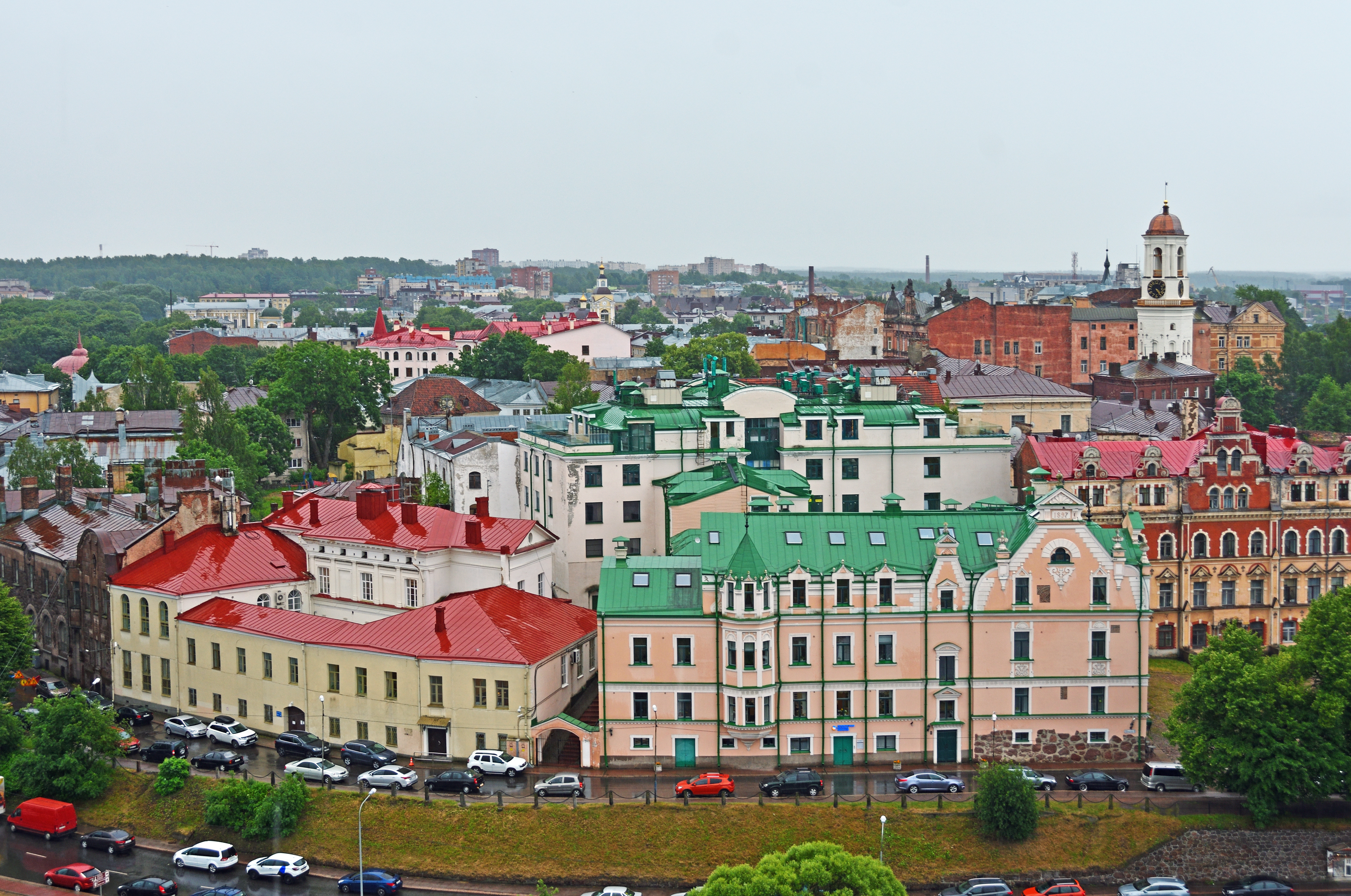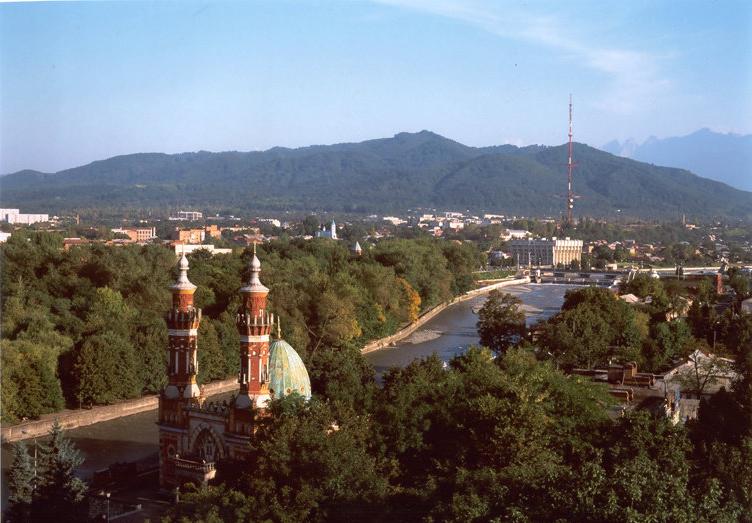|
Shelkovskaya
Shelkovskaya (russian: Шелковская; ce, Мохне, lit. ''place where is wind'' or Шелковски; ''Moxne'', ''Şelkovski'') is a rural locality (a ''stanitsa'') and the administrative center of Shelkovskoy District of the Chechen Republic, Russia. Population: It was founded on the place where a small Chechen village previously stood. Half of the former residents of that village moved up north along the Terek River, where they started a new village (it is where now the town of Kizlyar in the Republic of Dagestan Dagestan ( ; rus, Дагеста́н, , dəɡʲɪˈstan, links=yes), officially the Republic of Dagestan (russian: Респу́блика Дагеста́н, Respúblika Dagestán, links=no), is a republic of Russia situated in the North C ... stands). Both villages were later destroyed by the Mongols. References {{Authority control Rural localities in Chechnya ... [...More Info...] [...Related Items...] OR: [Wikipedia] [Google] [Baidu] |
Shelkovskoy District
Shelkovskoy District (russian: Шелковско́й райо́н; ce, Шелковскан кӀошт, ''Şelkovskan khoşt'') is an administrativeDecree #500 and municipalLaw #42-RZ district (raion), one of the fifteen in the Chechen Republic, Russia. It is located in the northeast of the republic. The area of the district is . Its administrative center is the rural locality (a ''stanitsa A stanitsa ( rus, станица, p=stɐˈnʲitsə; uk, станиця, stanytsya) is a village inside a Cossack host ( uk, військо, viys’ko; russian: казачье войско, kazach’ye voysko, sometimes translated as "Cossack Ar ...'') of Shelkovskaya. Population: 50,233 ( 2002 Census); The population of Shelkovskaya accounts for 20.8% of the district's total population. References Notes Sources * * {{coord, 43, 30, 32, N, 46, 19, 57, E, type:adm3rd_source:kolossus-itwiki, display=title Districts of Chechnya ... [...More Info...] [...Related Items...] OR: [Wikipedia] [Google] [Baidu] |
Types Of Inhabited Localities In Russia
The classification system of human settlement, inhabited localities in Russia and some other post-Soviet Union, Soviet states has certain peculiarities compared with those in other countries. Classes During the Soviet Union, Soviet time, each of the republics of the Soviet Union, including the Russian Soviet Federative Socialist Republic, Russian SFSR, had its own legislative documents dealing with classification of inhabited localities. After the history of the Soviet Union (1985-1991), dissolution of the Soviet Union, the task of developing and maintaining such classification in Russia was delegated to the federal subjects of Russia, federal subjects.Articles 71 and 72 of the Constitution of Russia do not name issues of the administrative and territorial structure among the tasks handled on the federal level or jointly with the governments of the federal subjects. As such, all federal subjects pass :Subtemplates of Template RussiaAdmMunRef, their own laws establishing the s ... [...More Info...] [...Related Items...] OR: [Wikipedia] [Google] [Baidu] |
Stanitsa
A stanitsa ( rus, станица, p=stɐˈnʲitsə; uk, станиця, stanytsya) is a village inside a Cossack host ( uk, військо, viys’ko; russian: казачье войско, kazach’ye voysko, sometimes translated as "Cossack Army"). Stanitsas (russian: станицы, stanitsy) — Cossack military settlements — were the primary unit of Cossack hosts. While the word ''stanitsa'' survives in modern usage, the stanitsa as a social system in its historic context was effectively destroyed in the aftermath of the 1917 Russian revolution, when the Russian Civil War (1917–1922) and subsequent collectivisation (1928–1940) of the land by the state in the Stalinist period and the Holodomor (1932–1933) destroyed the culture and the economic foundations of stanitsas. Historical definition Historically, the stanitsa was a unit of economic and political organisation of the Cossack peoples — primarily in the southern regions of the Russian Empire. Each stanit ... [...More Info...] [...Related Items...] OR: [Wikipedia] [Google] [Baidu] |
Administrative Center
An administrative center is a seat of regional administration or local government, or a county town, or the place where the central administration of a commune is located. In countries with French as administrative language (such as Belgium, Luxembourg, Switzerland and many African countries), a (, plural form , literally 'chief place' or 'main place'), is a town or city that is important from an administrative perspective. Algeria The capital of an Algerian province is called a chef-lieu. The capital of a district, the next largest division, is also called a chef-lieu, whilst the capital of the lowest division, the municipalities, is called agglomération de chef-lieu (chef-lieu agglomeration) and is abbreviated as A.C.L. Belgium The chef-lieu in Belgium is the administrative centre of each of the ten provinces of Belgium. Three of these cities also give their name to their province ( Antwerp, Liège and Namur). France The chef-lieu of a département is known as the '' ... [...More Info...] [...Related Items...] OR: [Wikipedia] [Google] [Baidu] |
Chechen Republic
Chechnya ( rus, Чечня́, Chechnyá, p=tɕɪtɕˈnʲa; ce, Нохчийчоь, Noxçiyçö), officially the Chechen Republic,; ce, Нохчийн Республика, Noxçiyn Respublika is a republic of Russia. It is situated in the North Caucasus of Eastern Europe, close to the Caspian Sea. The republic forms a part of the North Caucasian Federal District, and shares land borders with the country of Georgia to its south; with the Russian republics of Dagestan, Ingushetia, and North Ossetia-Alania to its east, north, and west; and with Stavropol Krai to its northwest. After the dissolution of the Soviet Union in 1991, the Checheno-Ingush ASSR split into two parts: the Republic of Ingushetia and the Chechen Republic. The latter proclaimed the Chechen Republic of Ichkeria, which sought independence. Following the First Chechen War of 1994–1996 with Russia, Chechnya gained ''de facto'' independence as the Chechen Republic of Ichkeria, although ''de jure'' it rem ... [...More Info...] [...Related Items...] OR: [Wikipedia] [Google] [Baidu] |
Russia
Russia (, , ), or the Russian Federation, is a transcontinental country spanning Eastern Europe and Northern Asia. It is the largest country in the world, with its internationally recognised territory covering , and encompassing one-eighth of Earth's inhabitable landmass. Russia extends across eleven time zones and shares land boundaries with fourteen countries, more than any other country but China. It is the world's ninth-most populous country and Europe's most populous country, with a population of 146 million people. The country's capital and largest city is Moscow, the largest city entirely within Europe. Saint Petersburg is Russia's cultural centre and second-largest city. Other major urban areas include Novosibirsk, Yekaterinburg, Nizhny Novgorod, and Kazan. The East Slavs emerged as a recognisable group in Europe between the 3rd and 8th centuries CE. Kievan Rus' arose as a state in the 9th century, and in 988, it adopted Orthodox Christianity from the ... [...More Info...] [...Related Items...] OR: [Wikipedia] [Google] [Baidu] |
Terek River
The Terek (; , Tiyrk; , Tərč; , ; , ; , ''Terk''; , ; , ) is a major river in the Northern Caucasus. It originates in the Mtskheta-Mtianeti region of Georgia and flows through North Caucasus region of Russia into the Caspian Sea The Caspian Sea is the world's largest inland body of water, often described as the List of lakes by area, world's largest lake or a full-fledged sea. An endorheic basin, it lies between Europe and Asia; east of the Caucasus, west of the broad s .... It rises near the juncture of the Greater Caucasus Mountain Range and the Khokh Range, to the southwest of Mount Kazbek, winding north in a white torrent between the town of Stepantsminda and the village of Gergeti toward the Russian region North Ossetia and the city of Vladikavkaz. It turns east to flow through Chechnya and Dagestan before Water divide, dividing into two branches which empty into the Caspian Sea. Below the city of Kizlyar it forms a swampy river delta around wide. The river is a ... [...More Info...] [...Related Items...] OR: [Wikipedia] [Google] [Baidu] |
Kizlyar
Kizlyar (russian: Кизля́р; av, Гъизляр; kum, Къызлар, ''Qızlar'') is a town in the Republic of Dagestan, Russia, located on the border with the Chechen Republic in the delta of the Terek River northwest of Makhachkala, the capital of the republic. As of the 2010 Census, its population was 48,984. Etymology According to some researchers, the name of the city comes from an old name for the Terek River. Another translation of the name Kizlyar is from an unspecified Turkic language, meaning "girls". According to Vyacheslav Nikonov, correct translation of this Turkic toponym is "red cliff". History The first documented reference to Kizlyar dates back to 1609, although some historians associate the place with Samandar, the 8th-century capital of Khazaria. In 1735 the Russian government built a fortress in Kizlyar and laid foundations for the Caucasus fortified borderline. In the 18th and 19th centuries, Kizlyar operated as one of the trading posts ... [...More Info...] [...Related Items...] OR: [Wikipedia] [Google] [Baidu] |
Republic Of Dagestan
Dagestan ( ; rus, Дагеста́н, , dəɡʲɪˈstan, links=yes), officially the Republic of Dagestan (russian: Респу́блика Дагеста́н, Respúblika Dagestán, links=no), is a republic of Russia situated in the North Caucasus of Eastern Europe, along the Caspian Sea. It is located north of the Greater Caucasus, and is a part of the North Caucasian Federal District. The republic is the southernmost tip of Russia, sharing land borders with the countries of Azerbaijan and Georgia to the south and southwest, the Russian republics of Chechnya and Kalmykia to the west and north, and with Stavropol Krai to the northwest. Makhachkala is the republic's capital and largest city; other major cities are Derbent, Kizlyar, Izberbash, Kaspiysk and Buynaksk. Dagestan covers an area of , with a population of over 3.1 million, consisting of over 30 ethnic groups and 81 nationalities. With 14 official languages, and 12 ethnic groups each constituting more ... [...More Info...] [...Related Items...] OR: [Wikipedia] [Google] [Baidu] |

_(10004827914).jpg)
